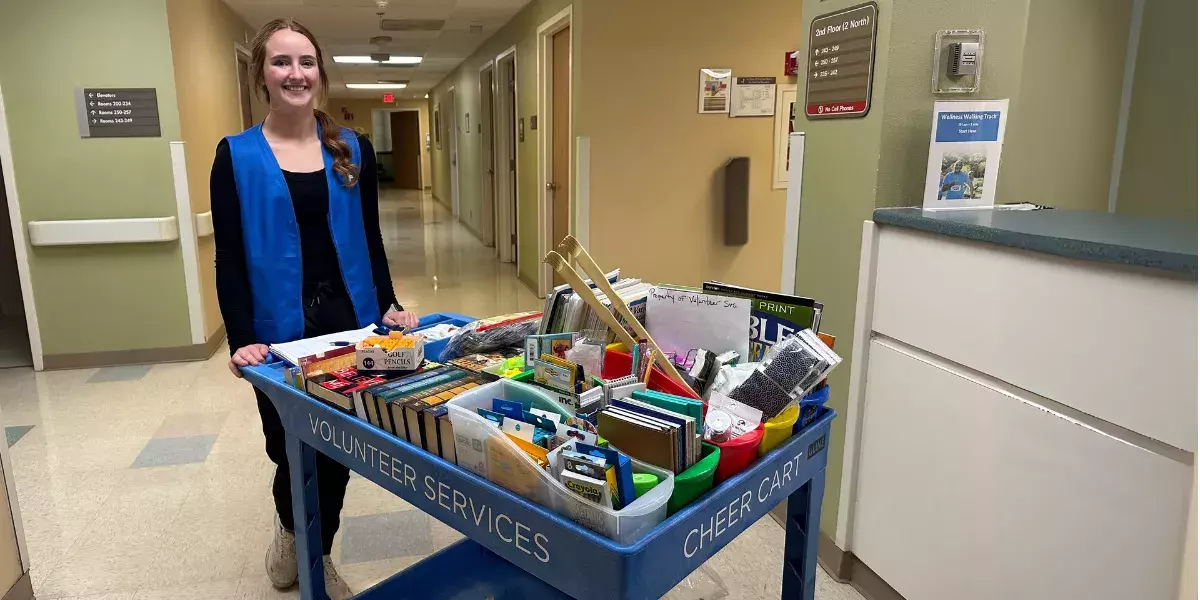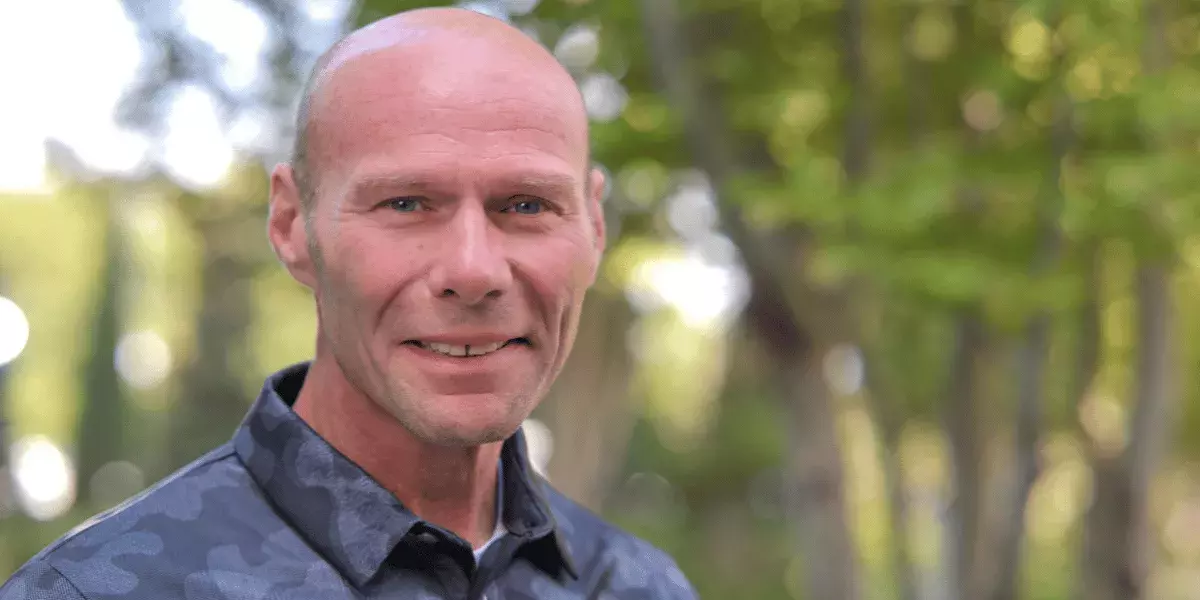
Adolescent Health: Spartanburg Regional Foundation efforts lead to improved outcomes for young patients in crisis
A spike in adolescent anxiety and depression during the pandemic revealed a need to ensure children experiencing acute mental health crises receive the right level of support.
The Spartanburg Regional Foundation funded the creation of a new unit within Spartanburg Medical Center's Emergency Center to serve young patient populations specifically.
The newly designed space includes patient rooms, a nurses' station and a communal area with furniture and artwork. The aesthetics are intentional and designed to foster a calm, comforting atmosphere for patients and their families.
Before this transformation, Spartanburg Area Mental Health launch the Child and Adolescent Family Engagement Center (CAFÉ), an intermediary location outside the Emergency Center provided by SRHS to screen young patients better and provide care before determining if those patients need emergency services. The CAFÉ has become the first point of contact for children with non-life-threatening mental health concerns. Once assessed, children still in need of emergency services are escorted to the hospital Emergency Center for inpatient treatment.
This change has led to young patients receiving a better continuum of care based on their specific needs, has relieved the Emergency Center's capacity and improved communication between schools, caregivers and healthcare leaders.
"The CAFÉ has been a great alternative – it has provided immediate intervention but has kept adolescents out of the emergency room," said Jennifer Combs, RN, a forensic nursing coordinator at the Emergency Center.
Even with the CAFÉ, the need for a calming space for youth inside the Emergency Center still existed. The Emergency Center's behavioral health unit is designed for adult patients; so oftentimes, environmental factors can exacerbate the mental health emergencies of children and teenagers.
The renovated Emergency Center space specifically designed for young patients has led to better patient outcomes in an enhanced, calmer environment.
This commitment to make these improvements highlights the ongoing work of the Spartanburg Regional Foundation to identify needs, convening community collaboration and form partnerships that improve philanthropic priority areas. Adolescent health is one of those areas.
Since implementing the changes, those dedicated to improving adolescent health in the Emergency Center space have seen noticeable improvements.
"A few years ago, we noticed the Emergency Center had a significant number of pediatric patients presenting for behavioral health concerns in the adult behavioral health unit," Combs said. "We started to recognize the need for more adolescent-friendly areas. Now, with a colorful mural on the wall and some new furniture, the space still meets all the behavioral health requirements but is a more friendly atmosphere."
With this new structure of care – the level of screening provided through the CAFÉ and the improved space for young patients in the Emergency Center – the Spartanburg Regional Foundation brought school leaders into the equation to work out the proper protocols and screening tools that made more sense for what is now being offered.
"This project is helping by bringing key players to the table, openly discussing mental healthcare, and providing access to care without stigma associations," said Brittany Cole, RN, nurse manager of the emergency center behavioral health unit.
Through bringing together community leaders, schools and mental health providers, the Foundation helped convene critical conversations on Behavior Threat Assessments and Management processes and suicide screenings to standardize referral protocols for appropriateness of care.
Not every adolescent behavioral health patient needs the Emergency Center, leaders have learned, and some patients can be better cared for through the CAFÉ, therefore keeping the Emergency Center open for emergencies. And for adolescents experiencing emergencies, the redesigned space has seen so many positive results.
"Being in the adult behavioral health unit environment can be traumatic to children already dealing with concerning health issues. We want to ideally be able to get them services in an outpatient setting with clinicians who specialize in that space," Combs said. "Clinicians can recognize that children aren't just adults in smaller bodies. Environmental factors make a huge difference."
"This project is helping by bringing key players to the table, openly discussing mental healthcare, and providing access to care without stigma associations," said Brittany Cole, RN, nurse manager, emergency center behavioral health unit.
Acting on improving adolescent patient care is only made possible through the availability of funding and resources. The ongoing support to the Spartanburg Regional Foundation has allowed leaders to explore ways to improve priority areas.












